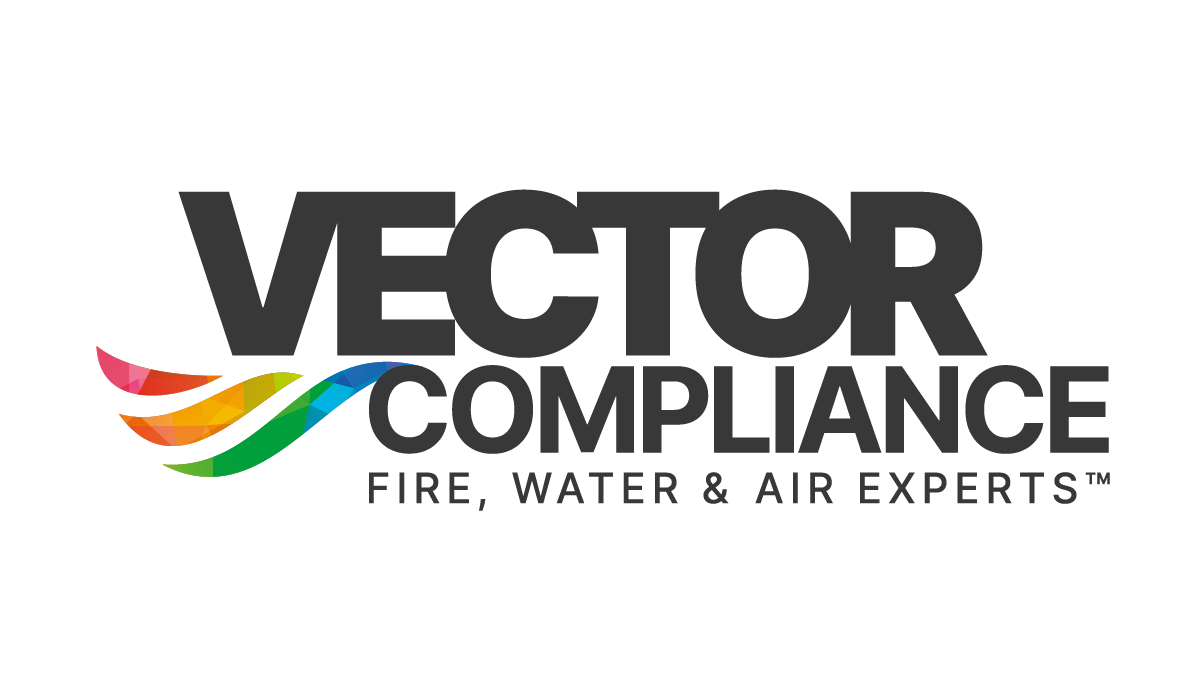Chlorinations & Disinfections
Chlorinations & Disinfections
To prevent waterborne bacterial growth and ensure safe drinking water, various water chlorination and disinfection methods can be employed. These methods help in eliminating or reducing harmful microorganisms, including bacteria, viruses, and other pathogens. Here are some common water chlorination and disinfection techniques:
Chlorination:
a. Free Chlorine: Adding chlorine in the form of sodium hypochlorite, calcium hypochlorite, or chlorine gas to water. Free chlorine is effective at killing bacteria, viruses, and other microorganisms.
b. Chloramines: A combination of chlorine and ammonia, which forms a more stable and longer-lasting disinfectant. It is commonly used in water distribution systems.
Chemical Disinfection using Hydrogen Peroxide:
Hydrogen peroxide is a chemical compound with the molecular formula H2O2. It is a pale blue liquid in its pure form and appears as a colorless solution when diluted with water. Structurally, hydrogen peroxide consists of two hydrogen atoms and two oxygen atoms, arranged in a bent or V-shape. Hydrogen peroxide is a powerful oxidizing agent, meaning it readily gives off oxygen when it breaks down. This property makes it effective for various applications, including disinfection, bleaching, cleaning, and as a propellant.
Chlorine Dioxide: Utilizing chlorine dioxide gas or a solution to disinfect water. Chlorine dioxide is effective against a wide range of microorganisms and remains active at a broader pH range compared to free chlorine.
Ultraviolet (UV) Disinfection: Utilizing UV light to inactivate microorganisms by disrupting their DNA and preventing them from reproducing. UV disinfection is effective against bacteria, viruses, and protozoa.
Ozonation: Using ozone gas to disinfect water. Ozone is a strong oxidant that effectively kills bacteria, viruses, and other microorganisms. It leaves no residual taste or odor in water.
Thermal: Boiling water for a certain period effectively kills most types of bacteria, viruses, and other pathogens, providing a simple and accessible disinfection method.
Ionization: Applying electric currents to water to create ions that can kill bacteria and other microorganisms. Ionization is less common but has been used for disinfection.
Silver or Copper Ionization: Introducing silver or copper ions into water through specialized equipment. These ions have antimicrobial properties and can control bacterial growth in water.
Ozone/UV Combination: Combining ozone and UV disinfection to enhance the overall effectiveness of water treatment, particularly in water treatment plants.

